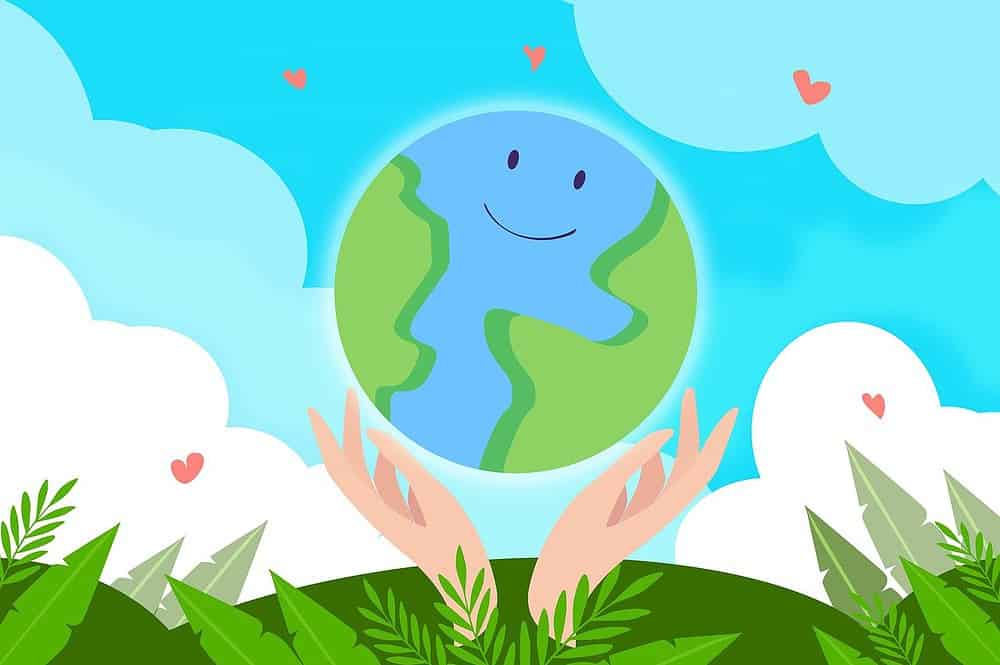Environment Day 2025: Progress, Challenges, and What Comes Next
June 5, 2025
June 5th is International Environment Day, established by the United Nations in 1972 to call attention to issues involving the environment. The idea promised us a brighter future, a cleaner world, and an awareness of taking care of the earth. Fifty-three years have passed since the first Environment Day, and we still see garbage pumped into oceans, carbon emissions rising, forests disappearing, and water becoming scarce.
The years before Environment Day were a time of total indifference to the environment. Smokestacks spewing out dirty smoke and ashes were a symbol of progress. Automobiles became bigger and less efficient. Aluminum cans were promoted as disposable. Oil spills and factory runoffs poisoned the rivers. In 1962, Rachel Carson’s book The Silent Spring was a wake-up call. Progress and indifference were destroying the planet. It would take years and a worldwide effort to heal.
This year, the focus of Environment Day is plastic pollution, which adds 275 million tons of plastic waste into the environment every year. Of this, 12.7 tons of plastic waste is washed or dumped into waterways and into our oceans, causing microplastics to enter our food chains, killing and entangling thousands of marine animals, and adding to the great floating garbage patch the size of Texas that plugs the Pacific Ocean.
Even after more than fifty years of celebrating Environment Day, we are still battling contamination of the air, the seas, the earth. Is there any hope for the future? A look at the earth today shows some good news. And some not-so-good news.
Most of the world’s countries have programs to make the world a healthier place to live. Some countries are further along than others. Costa Rica is a small country without a big economic base but has a good record on environmental issues—from creating national parks and reserves, protecting wildlife, the use of renewable energy, and a ban on some forms of plastic.

Although the world’s population keeps increasing, the increases are getting smaller, and projections are that population will peak in 2086 and begin to go down. Growth is attributed to longer life spans and high fertility rates in some areas. (un.org/en/global.issues)
The hole is getting smaller, according to a report by Brad Palmer and John Schwartz, “50 years of Earth Day 2024.”
We are healthier. Life expectancy has gone up. Child mortality is down. Some diseases have been eradicated. (Quora 2/8/23)
The use of renewable energy has increased and is expected to increase more and become cheaper to use. (Quora 2/8/23)
According to reports by Brad Palmer and John Schwartz, “50 years of Earth Day,” 4/21/2024.
It’s been a while since major oil spills polluted whole coastal areas.
Studies show that poverty and extreme poverty have diminished. And there have been no major areas of hunger. (Quora, Sept. 2023, written before the crisis in Gaza)
Global warming is causing higher temperatures, glacial meltdowns, more furious storms, and changes in ecosystems. Measures to reduce carbon emissions are known and practiced in some countries, but much more needs to be done. The goal of no carbon emissions by 2050 seems unrealistic. But let’s not give up.
Floods, hurricanes, tornadoes, and severe storms are attributed to global warming.
Meat is a luxury food, but the demand is growing. Demand for more meat means more concentration of animals into factory farming and more clearing of forests for pastures, plus the cruelty of slaughtering animals for meat consumption. (Quora 2/9/23)
We all depend on our cars.
Nobody mentions this as a cause of global destruction, but global military activity—missiles, bombs, destruction of infrastructure—have created massive amounts of emissions. (Report by WILPF International at the COP28 conference)
The world produces 2.3 billion tons of garbage a year, and this is expected to increase.
Continues for road construction, logging, cattle farming, palm oil, and rubber plantations. (National Geographic)
Has produced a disaster because it does not dissolve or disappear, and burning plastic releases carbon into the atmosphere. Some solutions available include bacteria that eats plastic, recycling, barriers to contain plastic refuse, and plastics that are biodegradable. (Global Waste Management) (Oxford.ac.uk 2024 Earth Day)
We ourselves can make an impact for a better environment by reducing, recycling, and reusing. Even small efforts like using non-plastic shopping bags, riding bikes and using public transportation, and joining campaigns for a better world help and encourage others.
Let’s all pitch in.
Search
RECENT PRESS RELEASES
Related Post



